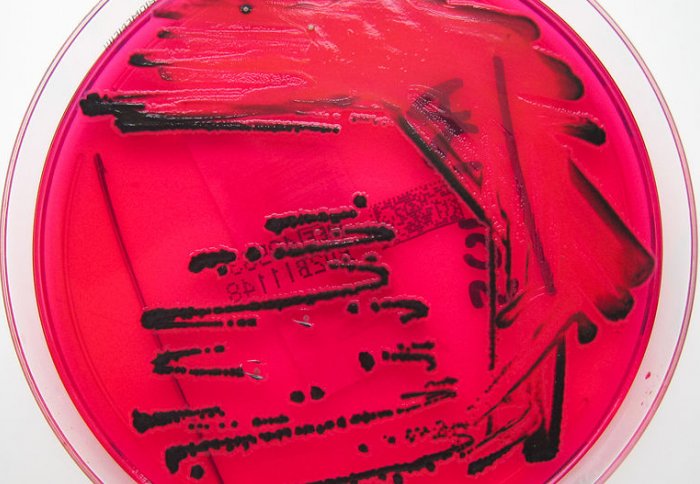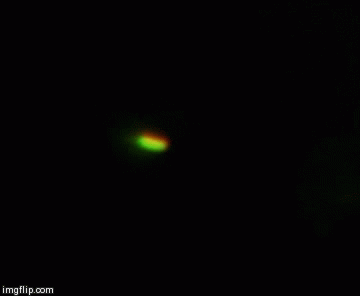New clues to how bacteria evade antibiotics
by Sam Wong

Salmonella growing on agar. Photo: Nathan Reading
Scientists have made an important advance in understanding how a subset of bacterial cells escape being killed by many antibiotics.
The cells become “persisters” by entering a state in which they stop replicating and are able to tolerate antibiotics. Unlike antibiotic resistance, which arises because of genetic mutations and is passed on to later generations, this tolerant phase is only temporary, but it may contribute to the later development of resistance.
In a new study in the journal Science, researchers from the MRC Centre for Molecular Bacteriology and Infection (MRC CMBI) at Imperial College London have succeeded in visualising persister cells in infected tissues for the first time, and have identified signals that lead to their formation.
Virtually all bacterial species form subpopulations of persisters that are tolerant to many antibiotics. Persisters are likely to be a cause of many recurrent infections, but little is known about how they arise.
The team developed a method for tracking single cells using a fluorescent protein produced by the bacteria. They showed that Salmonella, which causes gastroenteritis and typhoid fever, forms large numbers of non-replicating persisters after being engulfed by immune cells called macrophages. By adopting this non-replicating mode, Salmonella survives antibiotic treatment and lingers in the host, accounting for its ability to cause recurrent infections.
The researchers also identified factors produced by human cells that trigger bacteria to become persisters.
The animation below shows a bacterial cell coming out of its persister state. As it divides, a preformed pool of green fluorescent protein is diluted out but new bacterial cells continue to make red fluorescent protein.
One of the lead authors, Dr Sophie Helaine, said: “We rely on antibiotics to defend us against common bacterial infections like tuberculosis, cystitis, tonsillitis and typhoid, but a few cells can escape treatment by becoming persisters, which allows the infection to come back. This is a big problem in itself, but it also makes it more likely that antibiotic resistance will arise and spread.
“Now we know the molecular pathways and mechanisms that lead to persister formation during infection, we can work on screening for new drugs to coax them out of this state so that they become vulnerable to antibiotics.”
The other lead author, Professor David Holden, Director of the MRC CMBI at Imperial, said: “One of the most striking findings in this work is that conditions inside immune cells activate two different responses from Salmonella, causing some bacteria to replicate and others to enter a non-replicating persister state. Activating these two responses together is likely to be an important mechanism by which Salmonella survives during infection.”
The research was supported by an Imperial College London Junior Research Fellowship, the Wellcome Trust and the Medical Research Council.
Reference: S. Helaine et al. ‘Internalization of Salmonella by Macrophages Induces Formation of Nonreplicating Persisters.’ Science, 10 January 2014. Vol. 343 no. 6167 pp. 204-208 DOI: 10.1126/science.1244705
Article supporters
Article text (excluding photos or graphics) © Imperial College London.
Photos and graphics subject to third party copyright used with permission or © Imperial College London.
Reporter
Sam Wong
School of Professional Development
